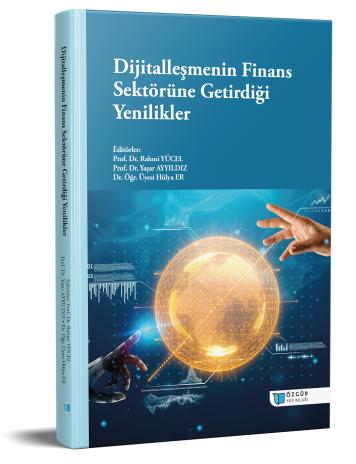
New Trends in Digital Finance
Chapter from the book:
Yücel,
R.
&
Ayyıldız,
Y.
&
Er,
H.
(eds.)
2023.
Innovations that Digitalization Brings to the Finance Sector.
Synopsis
It is seen that leaders and managers are making great efforts to maintain the centralist and controlling structure in every field, especially in the financial sector, and even to keep up with the new order in the digital age that started with Industry 4.0. It is aimed to keep everything under control and tax with examples such as a common ATM concept, control of local money flow by a single center, credit cards, and the use of the worldwide Swift system in foreign currency transfer. In history, a rebellion against the controlling element soon occurred in every field and alternatives emerged. Software systems called free software can be given as an example. Decentralized exchanges, currencies, and money transfers in the financial sector can be considered as a result of this rebellion. Individuals desire to make financial transactions quickly, taxes, etc. The desire not to pay service fees, and most importantly the desire not to be able to track payments by third parties, has accelerated the trend towards these systems. The aim of this section is to provide information about concepts such as DeFi, DEX, NFT, CBDC, P2E, P2P and BNPL, which are expressed as new trends in the digitalization process in the financial sector that emerged in the 21st century, and how transactions are carried out in the digital finance sector without being connected to a single center. to give information.

